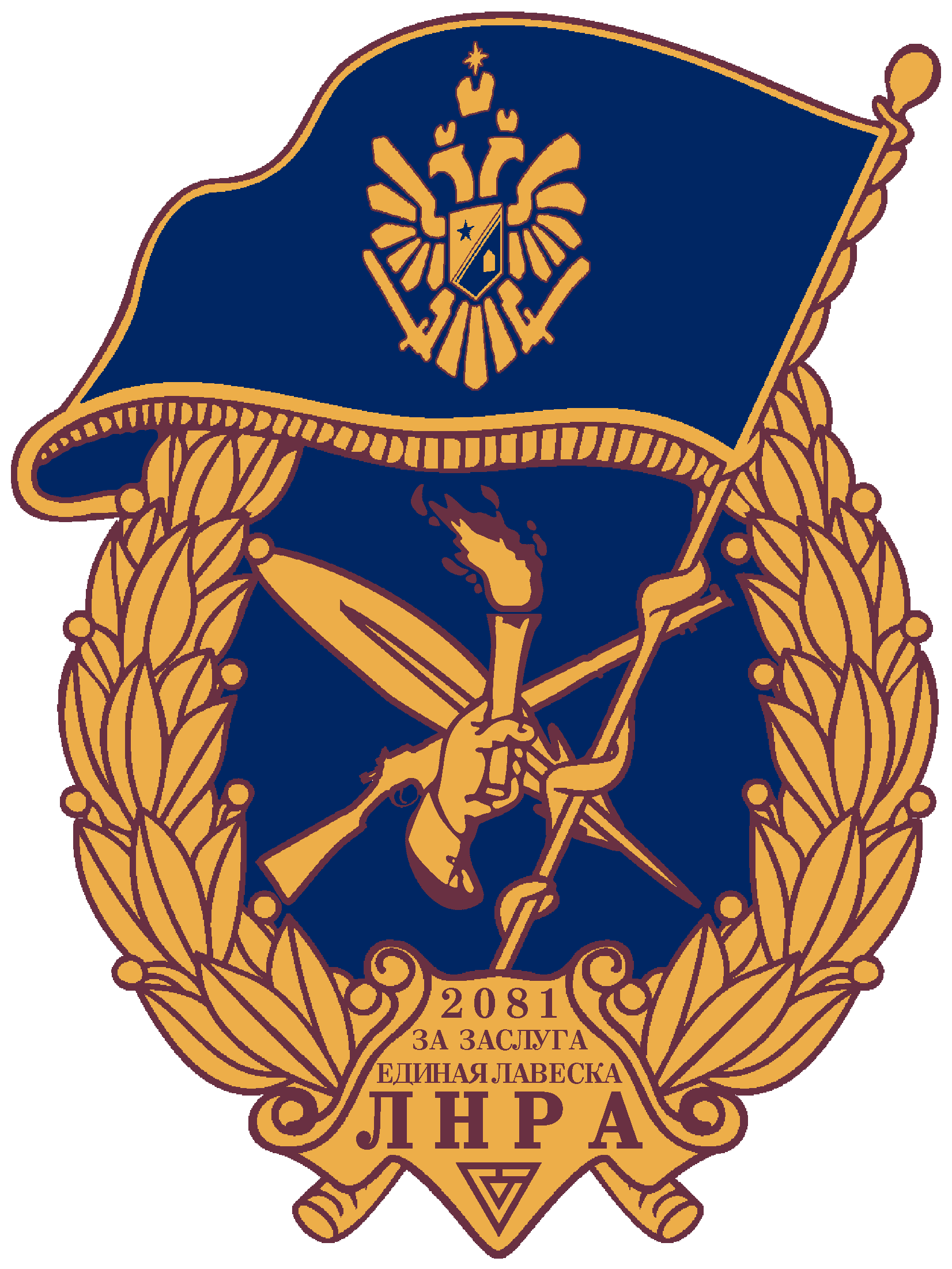Laveskan National Revolutionary Army
The Laveskan National Revolutionary Army (LNRA; Laveskan: Лавесканскаяа Национально-революционная армия (ЛНРА), Laveskanskaya Natsionalno-revolyutsionnaya armiya (LNRA)) was an initially secret revolutionary society founded in the Dorvic-held territories of the Reciprocity in the immediate aftermath of the Shattering and throughout the Laveskan Civil War. It became the joint armed forces of a number of warlords during the war, and became the Laveskan Armed Forces at the conclusion of the conflict in 2134.
Established in 2081 in Feniks, then the base of operations of rebel leader Konstantin Asimov’s group, the LNRA sought to unite the forces of warlords of Aeserian and Zeroan descent into a united front against occupying Dorvic forces and what they perceived as an illegitimate Reciprocian government. Their aims were the establishment of a unitary Laveskan state from Larkuno in the west to Unguis in the east.
The LNRA started its operations against Dorvic occupation forces near the end of 2081, conducting small raids against rail depots, barracks, supply dumps, and occasionally military convoys driving north from Doren proper. As Dorvic troops began to withdraw from the Reciprocity in the aftermath of the collapse of their own state, the LNRA shifted its actions to target rival warlords, state militias, and occasionally, the forces of the tax service.
The LNRA was extremely successful in its outreach efforts to other warlords, and by the end of the Laveskan Civil War it had grown from claiming 4,000 members to around 96,000. It came to operate its own armored and airborne units, but did not develop independent command structures. Regional commanders had authority over both the air and the land units in the region, owing to the irregular nature of its formation. The 17th Vesnopolskaya Flying Column was the first non-Reciprocian armed force to enter the city of Laveska during the conflict, following a particularly bloody battle against its defenders in 2113. This victory marked the most significant turning point in the war, bringing to an end the last high-intensity phase of the conflict.
A detachment of the LNRA airborne force was responsible for the capture of Hourii Ruall, leading to the official surrender of the last remnant of the Reciprocian government in 2114. Following Ruall’s surrender, the duties of the LNRA shifted once more, to putting down the numerous insurgencies that would crop up over the next twenty years. The late-war LNRA established itself as the successor to the Reciprocity’s tax and postal service, and finding its duties remarkably difficult to undertake in the context of a nationwide low-intensity conflict, introduced the Independent Estate Registry System, whereby property value within army-controlled territory was allowed to be determined by the owners themselves, free for purchase anytime and taxed accordingly. Though a simple and effective system at raising continued funding for the war effort, the constant availability of all properties caused great anxiety amongst the civilian population, and incited the revival of the Dust Harvest movement, culminating in the younger Asimov’s electoral defeat in 2152.
Following the cessation of hostilities and the proclaiming of Union in 2134, the LNRA was incorporated into the Laveskan Armed Forces. Its tax and postal services were disbanded and replaced with wholly civilian institutions. Many LNRA veterans would continue serving through the Imperial Reclamation. A small number of LNRA veterans live today, but none remain from when the organization was formed.
